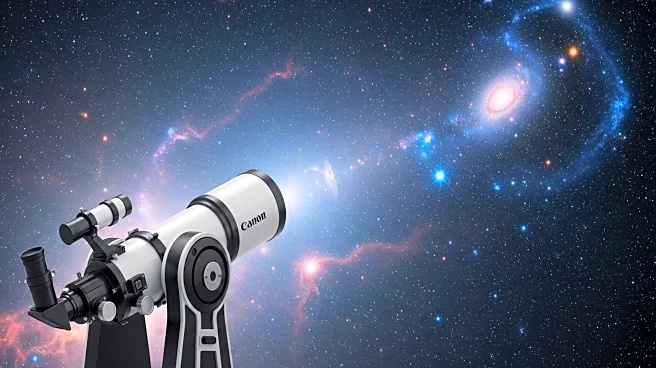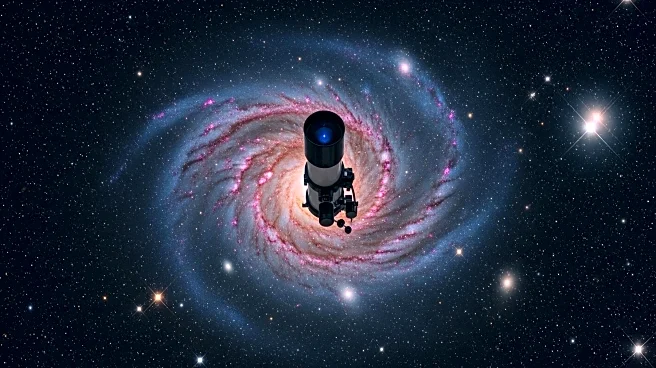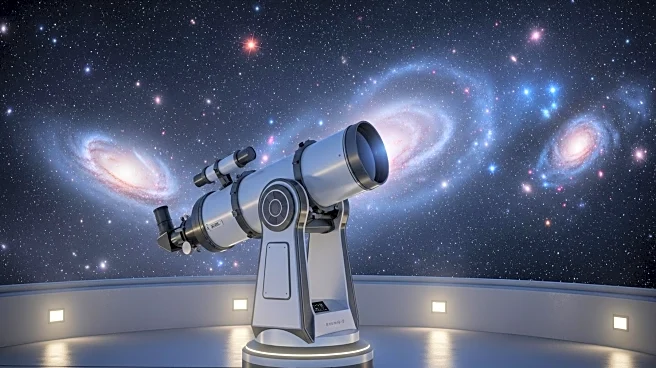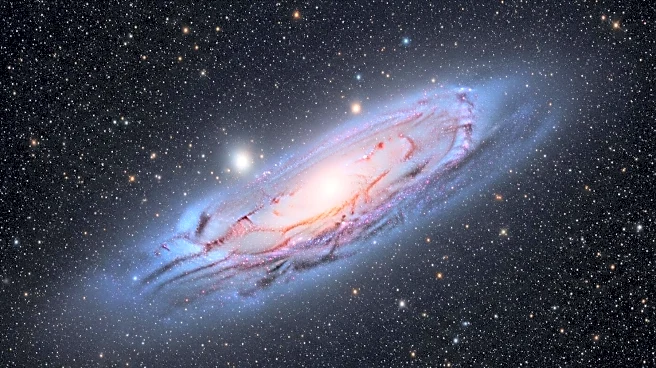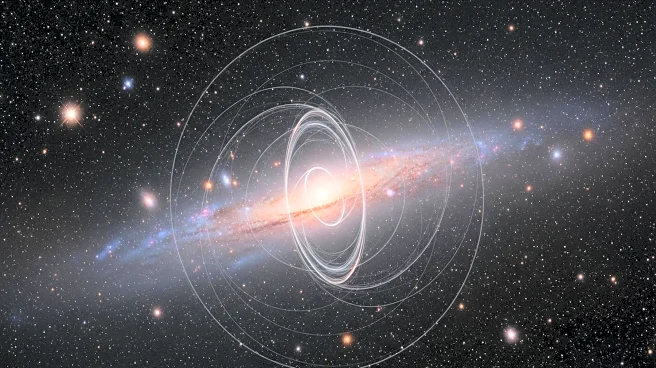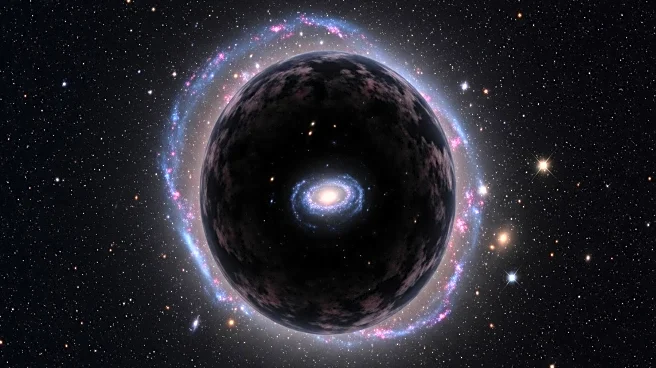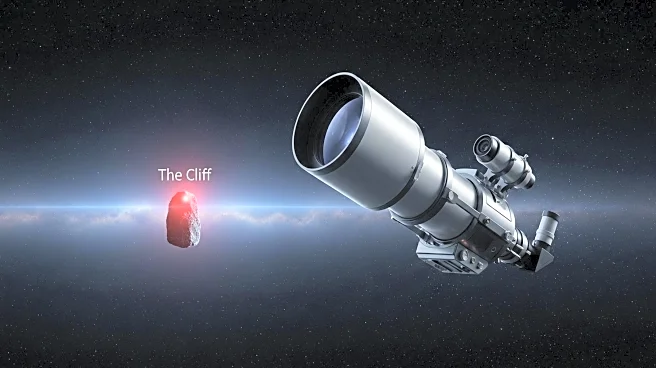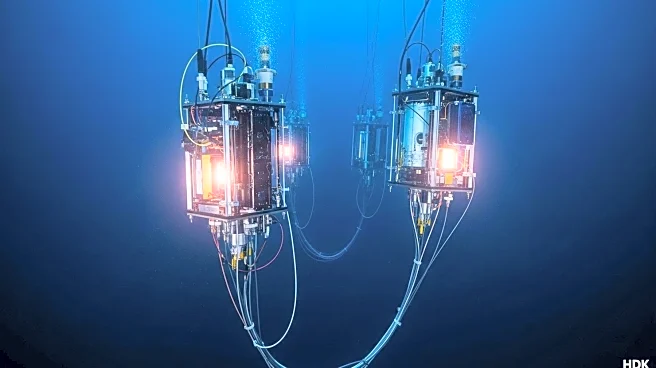What is the story about?
What's Happening?
The Vera C. Rubin Observatory has been recognized at the 2025 Gizmodo Science Fair for its groundbreaking ability to capture detailed images of the universe. Utilizing a 3,200-megapixel camera, the observatory has released its first images, showcasing millions of galaxies and stars, along with over 2,000 previously unseen asteroids. Located in the Chilean Andes, the observatory features the largest digital camera ever built for astronomy and a unique three-mirror design. This setup allows for comprehensive surveys of the night sky, aiming to uncover new insights into dark matter, dark energy, supernovae, and near-Earth asteroids. The observatory is currently in its commissioning phase, with full operations expected to begin in October, marking the start of a decade-long observation period.
Why It's Important?
The Vera C. Rubin Observatory's capabilities are set to revolutionize astronomical research by providing unprecedented data on cosmic phenomena. Its ability to capture wide-field images with high sensitivity will enable scientists to explore the universe in ways previously impossible, potentially leading to significant advancements in understanding dark matter and dark energy. The observatory's automated schedule and sophisticated algorithms will facilitate the discovery of new celestial objects, offering scientists worldwide access to a wealth of data. This initiative is supported by the U.S. National Science Foundation and the Department of Energy, highlighting its importance in the field of astrophysics and its potential to drive future scientific breakthroughs.
What's Next?
As the observatory transitions to full operational capacity, it will begin capturing around 800 deep exposure images of the visible sky every night. This will create a high-definition, ultra-wide time lapse of the universe over the next ten years. The observatory's team is focused on fine-tuning the system to ensure optimal performance, despite challenges such as adverse weather conditions. Once fully operational, the observatory will provide a steady stream of data, allowing scientists to pursue new discoveries and conduct detailed analyses of cosmic events. The Rubin Science Platform will facilitate global collaboration, enabling researchers to access and analyze the observatory's data for various scientific endeavors.
Beyond the Headlines
The Vera C. Rubin Observatory represents a significant leap forward in astronomical technology, with its design allowing for continuous updates as computing technology advances. This adaptability ensures that the observatory remains at the forefront of scientific discovery. The observatory's focus on detecting transients and cataloging near-Earth asteroids also underscores its role in planetary defense and understanding the dynamic nature of the cosmos. By providing a comprehensive view of the universe, the observatory is poised to uncover rare and previously unseen phenomena, potentially reshaping our understanding of the universe's structure and evolution.
AI Generated Content
Do you find this article useful?
